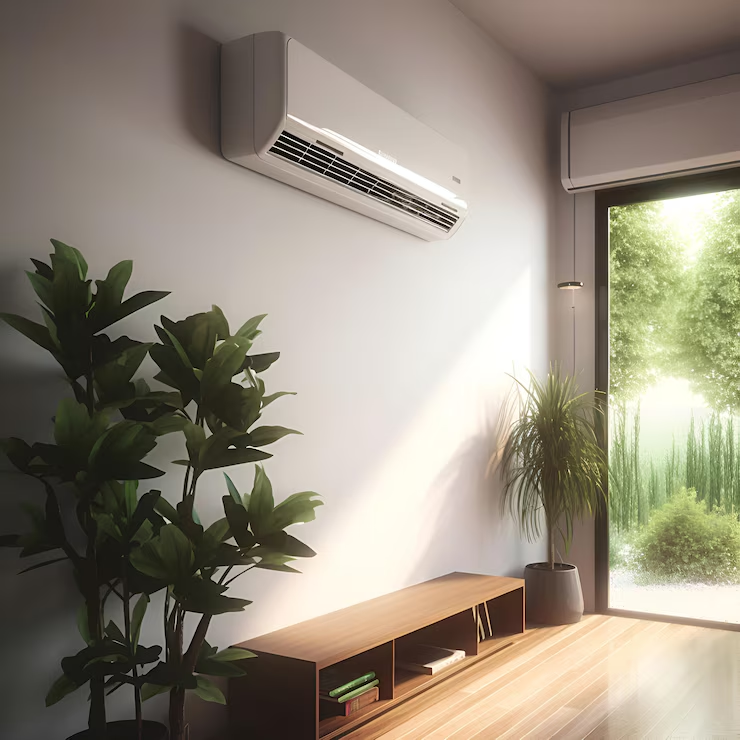Air pollution is increasing in Rajasthan's capital Jaipur these days after a dust storm. The air quality index in Jaipur has deteriorated and remains in the poor category. It can affect your health in many ways by presenting various health complications, such as skin problems, eye issues, and cardiovascular health. Therefore, taking precautions and understanding how to deal with it can help you protect your health and well-being. Dust storms can cause many health problems like respiratory, skin, and eye problems. Here are some dos and don'ts that you should follow.

Health effects of dust storms
Allergies
Dust storms can cause allergic reactions in many people, especially those with asthma. When exposed to hazardous particles, an allergic reaction can occur, resulting in a severe worsening of an asthma attack. If left untreated it can lead to potentially life-threatening breathing difficulties.
Skin complications
Apart from allergic reactions, dust storms can also harm your skin and cause irritation and skin allergies. Dust mites and pollution can strip the skin of its natural oils, making it dry. These dust particles also result in allergic reactions leading to irritation, allergies, and other types of rashes.
Effect on heart
Dust storms can also affect your heart health due to dust particles getting into the bloodstream. According to the National Library of Medicine, PM in the air can increase the risk of heart disease, stroke, high blood pressure, and other cardiovascular disorders.
Eye infection
According to a study published in the National Library of Medicine, continuous exposure to dust particles can also lead to eye disease. Flying dust particles can also get into your eyes, which can lead to complications like eye injuries, corneal scrapes, and depending on what gets into it, a lot worse.

What to do during dust pollution
Stay indoors
People with breathing problems should stay indoors to avoid respiratory problems. Also, avoid sending your children outside as much as possible. When outdoors, wear a mask and air-tight goggles for protection against dust, smoke, and fume particles.
Carry a water bottle
You should always keep yourself hydrated. If there is no thirst for water, drink a glass of water after every thirty minutes. For this, you must keep a water bottle with you.
Use filters
Use high-efficiency particulate air filters in vacuum cleaners and air purifiers to trap dust particles and improve indoor air quality. Close doors and windows to avoid exposure to polluted air.
Do not allow moisture
Dust mites thrive in moist environments, so maintain humidity levels below 50 percent to reduce their growth.
Consult a doctor
If you have shortness of breath, severe cough, or other symptoms, visit your healthcare specialist to rule out any complications.
Keep the habitat clean
Clean your living space regularly to reduce dust accumulation. Vacuum carpets and upholstery and mop floors using a damp cloth or microfiber material to prevent dust from becoming airborne. When cleaning or working in a dusty environment, wear appropriate personal protective equipment (PPE), such as a mask, goggles, and gloves, to reduce exposure to dust.
Wash with warm water
Wash bedding, including pillows, sheets, and blankets, regularly in hot water to kill dust mites and remove allergens.

What not to do during dust pollution
- You should avoid doing vigorous activities as it leads to inhalation of more amount of micropollutants.
- Avoid driving during poor visibility to avoid accidents.
- Dusty storms can also irritate the eyes. Avoid rubbing your eyes to avoid infection.
- Do not direct the air conditioning of your car directly at your face and in very cold mode, as the risks of instant inhalation of fine dust particles are too significant.
- Ensure proper ventilation in your home to reduce indoor dust levels. Open windows or use an exhaust fan to remove old air and bring in fresh air.
(PC: Lifeberrys)










